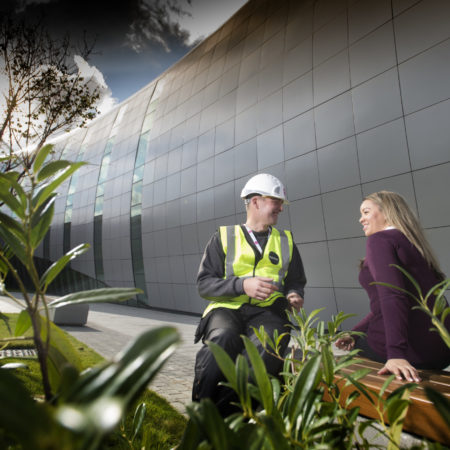What Ultimately Drives Sustainability, Productivity And Cost Improvements In Construction?
Whatever we seek to improve in the construction sector can’t be done without a relentless focus on quality throughout our organisation and supply chain.
If you take sustainability and energy efficiency as an example, any deviation from the specification and every gap outside of tolerance will compromise performance. Similarly, productivity and speed can’t be delivered if there are extensive reworks, snagging or quality failures to gum up the smooth running of the project.
Dealing with any of these issues more effectively avoids additional cost that has to be added to the project budget or absorbed. With so many interdependent elements in every project, it’s also essential that the quality culture applies to every process and operation. Any early-stage quality shortcomings have a habit of snowballing to the point where they are hard and expensive to fix.
Get the Basics Right
So while there’s a great deal of focus (correctly) on lean new construction methods, innovation and digitisation as the future of construction, we also have to ask whether the industry is concentrating on the basics and doing enough to improve quality.
Given that well over half of the content of every substantial project is delivered by the supply chain it’s not enough for contractors just to look at what happens in-house. Quality improvements have to be driven collaboratively throughout the supply chain. This won’t happen if every new contract win is then retendered to the lowest bidding subcontractors. If we want to be good partners with our customers we also need to be good partners with our suppliers.
This illustrates why quality goes beyond processes and tools. There are plenty of digital tools available that help ensure every partner in the project is working from accurate, up-to-date information, and that they have an easy way to record quality checks and asset data. Osborne uses PIM Mobile, for example, and it’s made a significant difference to the efficiency of managing project data and paperwork.
But the biggest improvements come through collaboration – ensuring that everyone puts the interests of the project first and that there’s a shared learning journey with lessons retained from one project to the next.
That’s why we also invested in developing the Improvement Opportunity (IO) App. It’s actively used by our teams and partners to capture ideas in the moment and put them into a robust evaluation and appreciation process. We typically collect over 400 opportunities every month to improve how we work.
‘Build back better’ is a phrase of the moment. At Osborne, we’re interpreting it by doubling down on our commitment to continuous quality improvement.
For more information about Osborne’s approach to quality improvement, contact Richard King ([email protected]).

